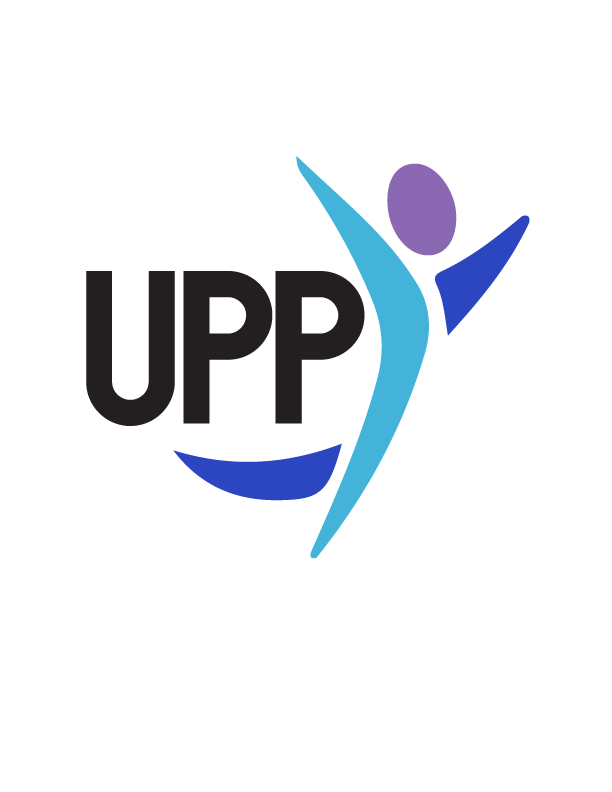WEEK 3- Goal Setting- Target, Obstacle, Plan (T.O.P.)
Equipment Required
Pen and Paper
PERMAH Element
Accomplishment
Teachers to read and facilitate the following:
Rationale
Goals give us the focus we need to direct our time, energy and effort towards things that are most valuable to us. Researchers have found that goals can provide us with motivation, help prioritise what we do, and are associated with higher levels of accomplishment (Kern & McQuaid, 2017). Setting the goal is easier than following through, especially when things get hard, or obstacles arise. If there were no obstacles, most people would have already achieved their targets. However, obstacles do not need to keep us from moving forward. Instead, we can use “if / then” plans to overcome our obstacle. The process of making “if/then” plans has been shown to enhance our ability to stay on track (by up to 60%) with the actions required to bring goals to fruition (Gollwitzer, 1999).
So, for effective Goal setting we can use the three steps of T.O.P.
1. Set a Target. (for those familiar with S.M.A.R.T. goals, the Target should be Specific, Measurable, Time-framed).
2. Think of an Obstacle that might get in the way.
3. Plan if/then what you can do to overcome the obstacle.
Description of Personal Wellbeing Practice: T.O.P.
Target - Choose a target/goal that focuses on learning and growth, then write it down, starting with “My learning Target is …” Eg. “My learning Target is to do 30 minutes of study before dinner every school night in term 1.”
Obstacle - Next write down one obstacle that might get in the way of your target. Eg. “one obstacle to doing my study is that social media can often distract me from my study.”
Plan - Write down “If… (Obstacle happens), Then…(I will do my plan). Make a plan to overcome the obstacle and write it down. Eg. “if I am tempted to check out social media, then I will put my phone in a different room until I have finished my study and reward myself with checking my phone once I have finished.”
Main message:
“Without goals, and plans to reach them, you are like a ship that has set sail with no destination.” — Fitzhugh Dodson
UPP’s Personal Wellbeing Practices
A Personal Wellbeing Practice (PWP) is an evidenced-based positive psychology intervention, applied in school communities or other educational settings. At UPP, we have tried to make these PWP’s simple, concise and relevant for students and their teachers. The six elements for the Personal Wellbeing Practices are: Positive emotion (P); Engagement (E); Relationships (R); Meaning (M); Accomplishment (A); and, Health (H).
We hope that these evidence-based tools of positive psychology will enhance help people to thrive and live their best life, both within and beyond the school gates.
For more activities like this (and much more), check out THRIVE Online Lesson Modules for Pastoral Care and Wellbeing.
Unleashing Personal Potential

